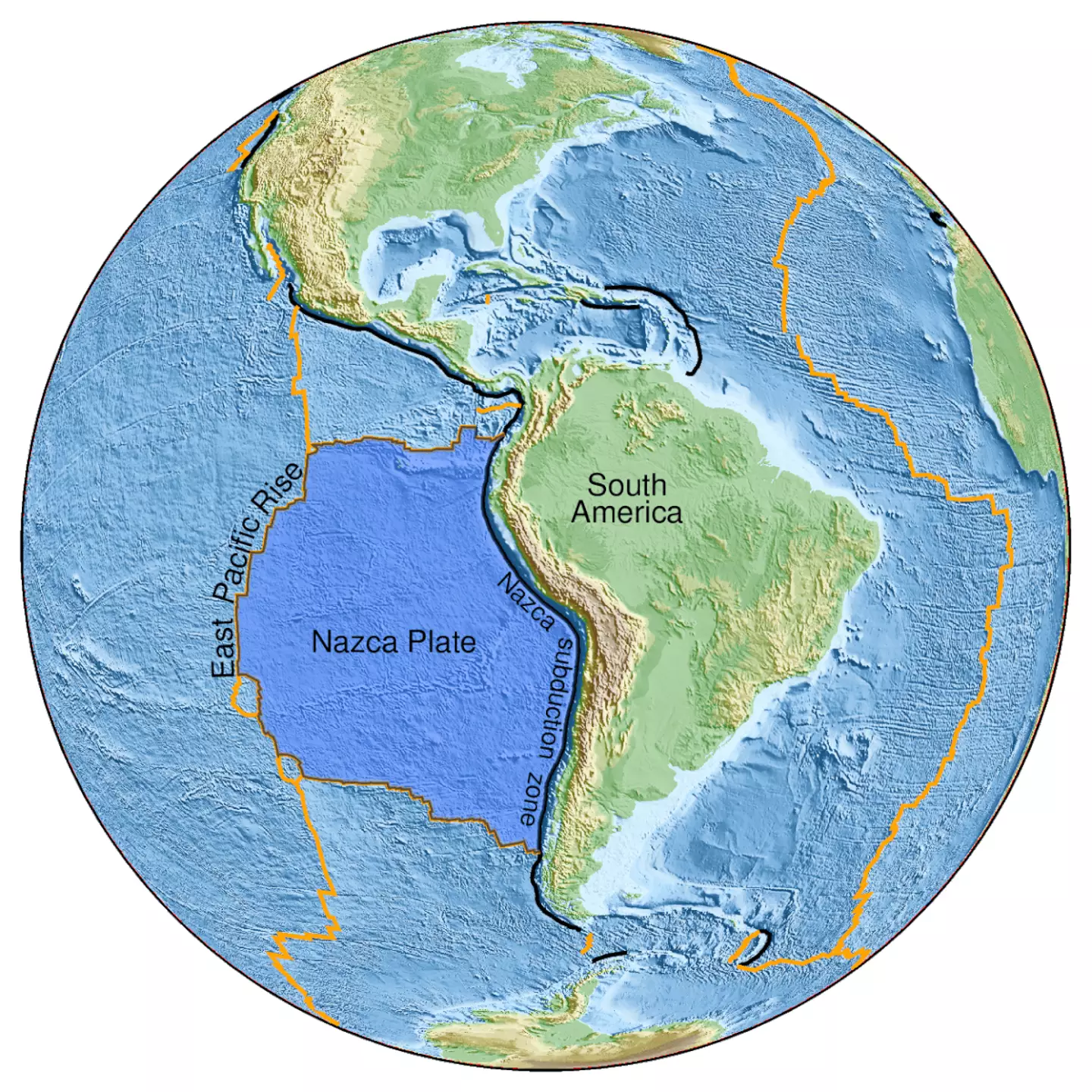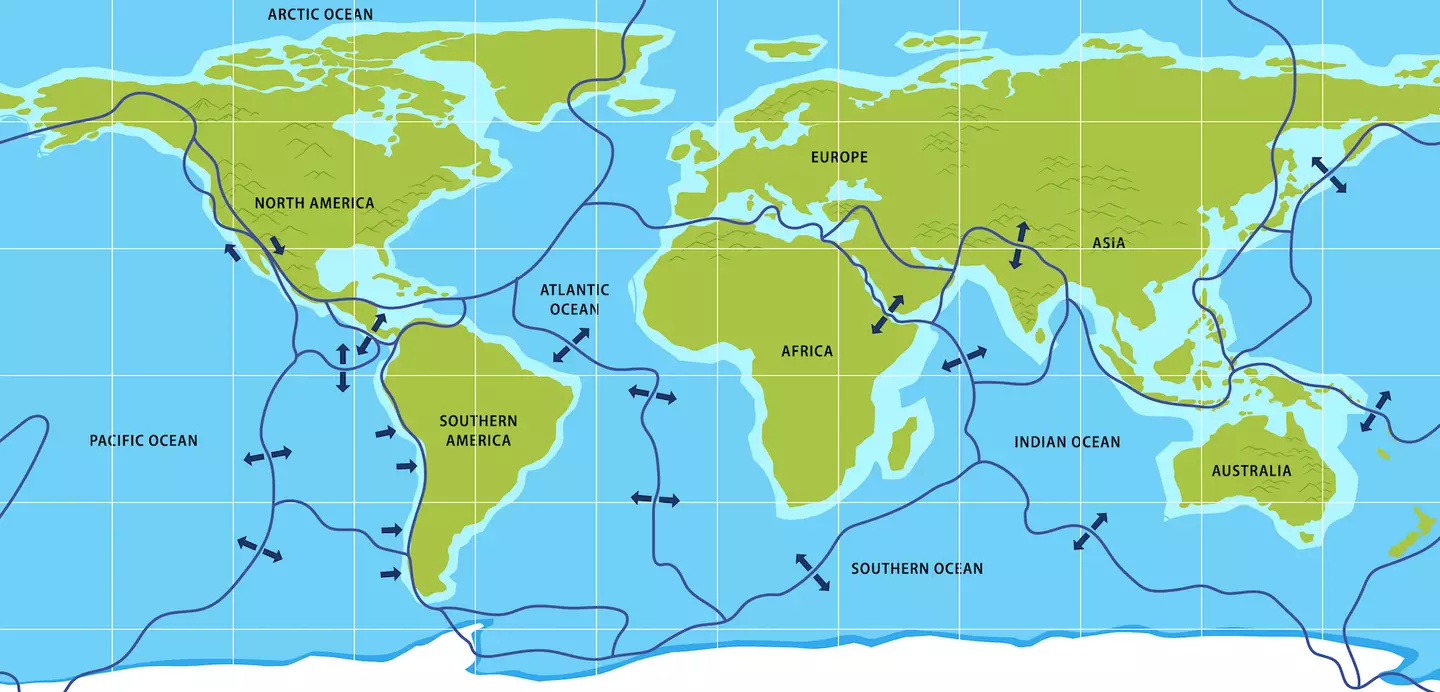
A university researcher has made a discovery regarding the Earth’s tectonic plates that he believes can completely rewrite what we think we know about the planet.
A group of scientists have uncovered what they believe to be evidence of a long-lost underwater collision that took place over 100 million years ago below the Pacific Ocean.
This is particularly interesting as the team discovered remnants of an ancient seafloor that is believed to be part of a tectonic plate that broke off and slipped beneath millions of years ago.
“Our discovery opens up new questions about how the deep Earth influences what we see on the surface across vast distances and timescales," lead author and geology postdoctoral researcher Jingchuan Wang of the University of Maryland said in a statement.
Advert
Wang added: “This thickened area is like a fossilized fingerprint of an ancient piece of seafloor that subducted into the Earth approximately 250 million years ago."

The discovery found a 12-mile-thick 1,200-mile-long area in the ‘mantle transition zone'. This is a region that separates the upper mantle from the lower one.
So admittedly... I am almost as lost as you are but Wang insists this discovery will mean scientists will have to rethink what we know about the mantle transition zone.
He noted that the unusual thickness of the region suggests there is colder material in this part of the mantle and that it is possible that that some oceanic slabs get stuck halfway down as they subduct through the mantle.
Wang explained: “We found that in this region, the material was sinking at about half the speed we expected, which suggests that the mantle transition zone can act like a barrier and slow down the movement of material through the Earth."

Oh but Wang isn’t done just yet and believes there are more ancient structures to be found in the Ocean’s depths.
He said: “This is just the beginning.
“We believe that there are many more ancient structures waiting to be discovered in Earth’s deep interior. Each one has the potential to reveal many new insights about our planet’s complex past—and even lead to a better understanding of other planets beyond ours.”
So why does this even matter? Well, being able to better understand and improving models of plate tectonics and mantle dynamics we (the scientists, not you or I) can better understand things ranging from the formation of mineral deposits to long-term climate change.
Topics: Science